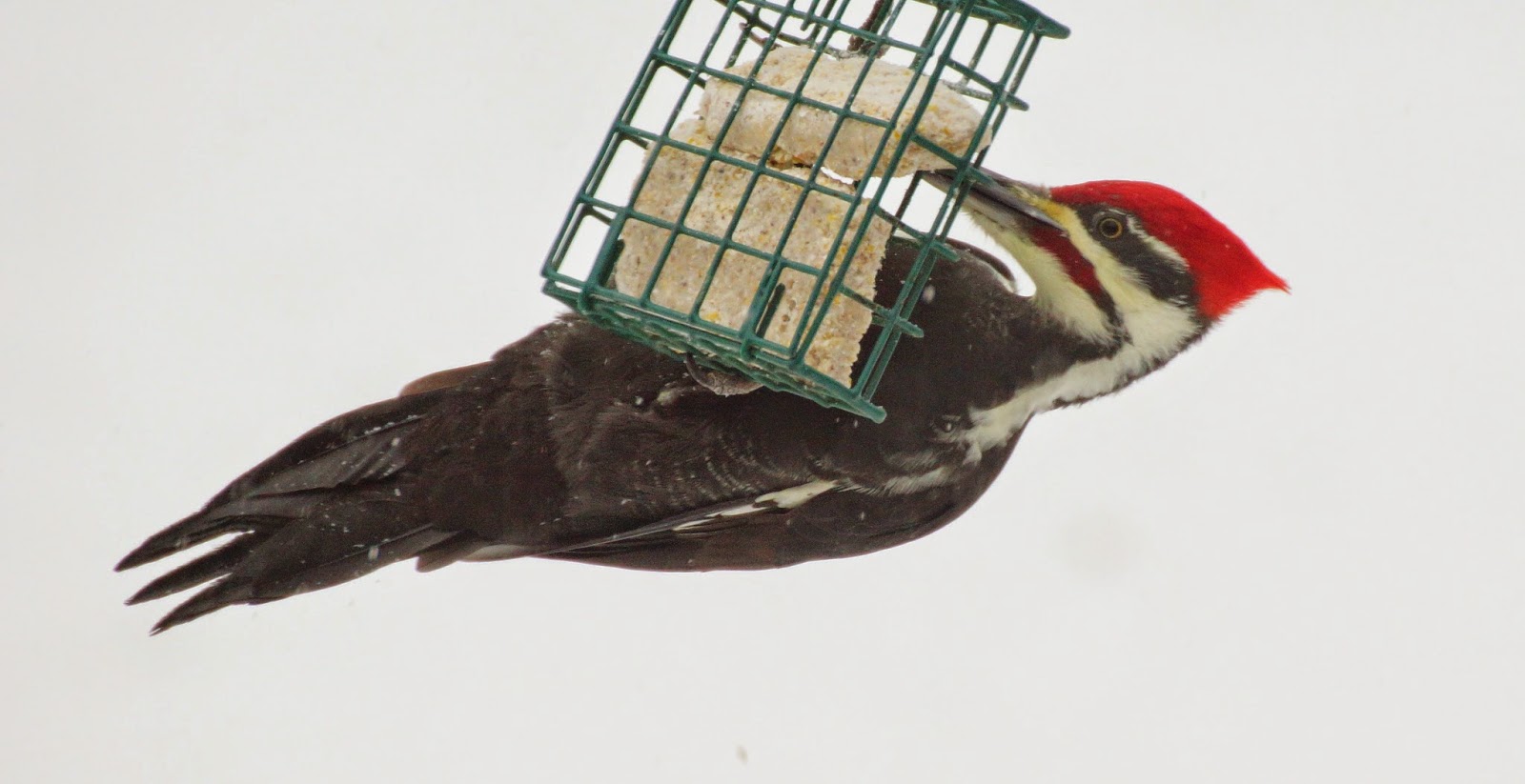| Bayberry Myrica pensylvanica |
On winter days like these . . .
cold and windy . . .
it may look like the trees in the
wild wild woods are bare,
but when I take a closer look . . .
| Black Chokeberry Aronia melanocarpa |
| Viburnum (left), Forsythia (above), Lilac (below) |
These deciduous trees and shrubs actually formed buds last summer during their active growing season. To survive the cold of winter they have gone dormant.
But next spring's burgeoning leaves and flowers are already in place, so the trees won't need to use energy now to grow those complex leaf and flower structures.



